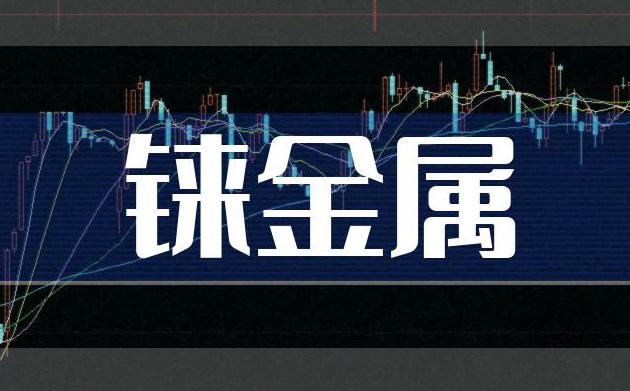Industry information
- Current Position:
- Homepage
- >
- Industry information

Rhenium resource distribution and production status
Distribution of Rhenium Resources Rhenium is a rare and scattered metal, with a content of 10^(-7)% in the Earth’s crust. It is often found in trace amounts associated with minerals such as molybdenum, copper, lead, zinc, platinum, tantalum, niobium, and rare earths, making it difficult to utilize independently. The economically valuable raw materials for extracting rhenium are molybdenite and copper concentrate, with molybdenite being the primary source. Generally, the rhenium content in molybdenite concentrate ranges from 0.001% to 0.031%, but molybdenite concentrate selected from porphyry copper ore can contain up to 0.16% rhenium. In 2006, Russia announced that experts from the Russian State Research Institute for Non-Ferrous Metals had discovered abundant reserves of pure rhenium ore on Iturup Island in the South Kuril Islands, which is the first pure rhenium ore deposit discovered in the world to date. Types of Rhenium Deposits The important types of rhenium-bearing deposits include: ① porphyry copper and porphyry molybdenum deposits; ②hydrothermal uranium-molybdenum deposits;③ molybdenum-vanadium-bearing

Analysis and forecast of supply and demand scale and sales profit margin capability in China’s rhenium industry
Rhenium (chemical symbol Re) is a chemical element with an atomic number of 75. It is a silvery-white heavy metal belonging to the transition metals in the sixth period of the periodic table. As one of the rarest elements in Earth’s crust, with an average estimated abundance of one part per billion, rhenium is also among the elements with the highest melting and boiling points. It is primarily a byproduct of molybdenum and copper refining processes. Rhenium’s chemical properties resemble those of manganese and technetium, with oxidation states ranging from -3 to +7 in compounds. In 2021, China’s rhenium production (metal content) amounted to 5,125 kilograms, and it is projected to reach 5,292 kilograms by 2023. With the further development of China’s rhenium industry, the supply is expected to show an annual growth trend in the coming years. Rhenium is widely used in various sectors of modern industry, primarily as a catalyst in the petroleum and automotive industries, for petroleum

The hardness of metallic rhenium
The hardness of metallic rhenium typically ranges from 7.0 to 7.5 on the Mohs scale. Concept of Hardness for Metallic Rhenium Hardness is a physical property that evaluates a material’s resistance to scratching, abrasion, and cutting. It is commonly used to assess the hardness of metallic materials, minerals, fibers, and other substances. The hardness of metallic rhenium specifically refers to its ability to resist scratching, abrasion, and cutting. Numerical Range of Metallic Rhenium’s Hardness The surface of metallic rhenium often undergoes various treatments to ensure its performance, which can also alter its hardness. However, under normal conditions, the hardness of metallic rhenium generally falls within the range of 7.0 to 7.5. Although this range may seem narrow, metallic rhenium’s hardness is relatively high among metallic materials. Factors Influencing Metallic Rhenium’s Hardness Several factors can affect the hardness of metallic rhenium, including its purity, thickness, and surface quality. Additionally, during heat treatment, changes in the grain structure of metallic rhenium can